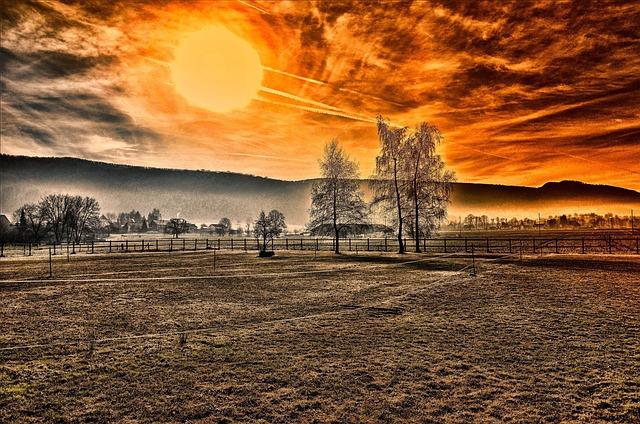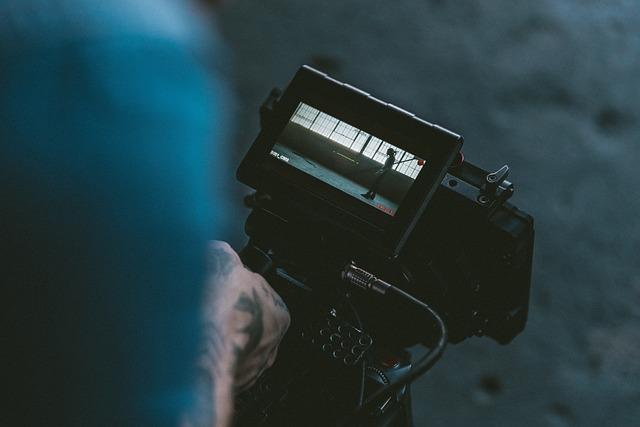In the dim glow of a theater, where shadows dance and stories come alive, a new kind of magic has taken center stage. Digital effects, with their boundless possibilities, have transformed the landscape of modern filmmaking. But as pixels replace practical effects and green screens stand in for grand sets, a question lingers in the minds of cinephiles and creators alike: Do these digital marvels enhance the art of storytelling, or have they become a crutch, overshadowing the very essence of cinema? This article delves into the heart of the debate, exploring the delicate balance between innovation and tradition in the world of film.
The Art of Illusion: Balancing Digital and Practical Effects
In the realm of cinema, the delicate dance between digital and practical effects crafts the very essence of visual storytelling. Digital effects, with their limitless possibilities, allow filmmakers to create worlds beyond imagination. They offer precision, adaptability, and the ability to visualize the impossible. However, the allure of practical effects—those tangible, hands-on creations—remains undiminished. These effects ground a film in reality, providing texture and depth that digital often struggles to replicate.
- Immersion: Practical effects often offer a visceral experience, pulling audiences into the narrative with tactile authenticity.
- Flexibility: Digital effects allow for post-production tweaks, offering filmmakers flexibility that practical effects cannot.
- Cost: While digital effects can be costly, practical effects often require intricate craftsmanship and labor.
The key lies in the balance—leveraging the strengths of both to craft a seamless and immersive cinematic experience. When filmmakers skillfully blend these two realms, they harness the true power of illusion, captivating audiences with both the seen and the unseen.

Crafting Authenticity: When Less Is More in Visual Storytelling
In an era where digital effects often dominate the cinematic landscape, the art of minimalism in visual storytelling offers a refreshing contrast. Filmmakers embracing a ‘less is more’ philosophy often find that authenticity can be achieved through simplicity and restraint. By focusing on raw, unembellished imagery, these creators allow the story itself to take center stage, free from the distractions of excessive CGI.
Consider the following advantages of minimalism in filmmaking:
- Enhanced Emotional Connection: Stripped-down visuals can foster a deeper bond between the audience and the narrative, emphasizing human emotion over spectacle.
- Timeless Aesthetic: Minimalist films often possess a timeless quality, as they are not tied to the technological limitations of a particular era.
- Creative Innovation: By working within constraints, filmmakers are challenged to find inventive solutions, often leading to unique storytelling techniques.
Ultimately, the balance between digital effects and authenticity is a delicate dance, but one that can lead to profound and memorable cinema when executed with care.

Navigating the Digital Frontier: Techniques for Seamless Integration
As filmmakers venture deeper into the realm of digital effects, the challenge lies in harmonizing technology with storytelling. Achieving seamless integration requires a delicate balance between the tangible and the virtual. Here are some techniques to ensure digital elements enhance rather than overshadow the narrative:
- Practical Effects First: Many directors advocate for using practical effects whenever possible, reserving digital tools for enhancing or extending what’s already there. This approach maintains authenticity and keeps audiences grounded in the story.
- Subtle Enhancements: Instead of creating entire worlds from scratch, filmmakers can employ digital effects to subtly enhance existing environments. This might involve adding atmospheric elements or fine-tuning details that heighten realism.
- Collaborative Storyboarding: Integrating digital effects seamlessly requires collaboration from the outset. By involving visual effects artists in the storyboarding process, filmmakers can ensure that digital components are woven naturally into the narrative fabric.
With these techniques, filmmakers can navigate the digital frontier, crafting experiences that resonate with audiences on both a visual and emotional level.

Future-Proofing Filmmaking: Embracing Innovation with Restraint
In the rapidly evolving landscape of filmmaking, the balance between embracing technological advancements and maintaining the essence of storytelling is crucial. Innovative digital effects offer filmmakers unprecedented tools to bring their visions to life. However, the question remains: does the allure of technology overshadow the fundamental art of narrative? Filmmakers are increasingly challenged to harness these tools with care, ensuring that the spectacle does not eclipse the story.
- Authenticity vs. Over-reliance: While digital effects can enhance realism, an over-dependence may lead to a loss of authenticity.
- Budget Considerations: High-end effects can inflate budgets, pushing smaller filmmakers to find creative solutions within constraints.
- Audience Engagement: Stories that resonate often rely on emotional depth rather than visual extravagance.
Ultimately, the art of filmmaking lies in striking a harmonious balance. Future-proofing the craft involves not just adopting new technologies, but integrating them with a mindful restraint that prioritizes the story above all.

